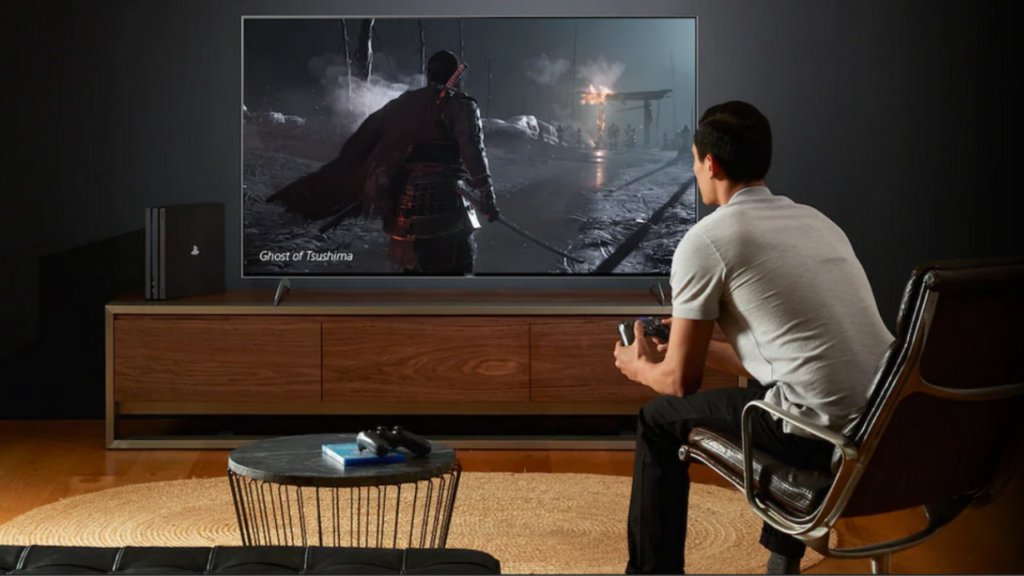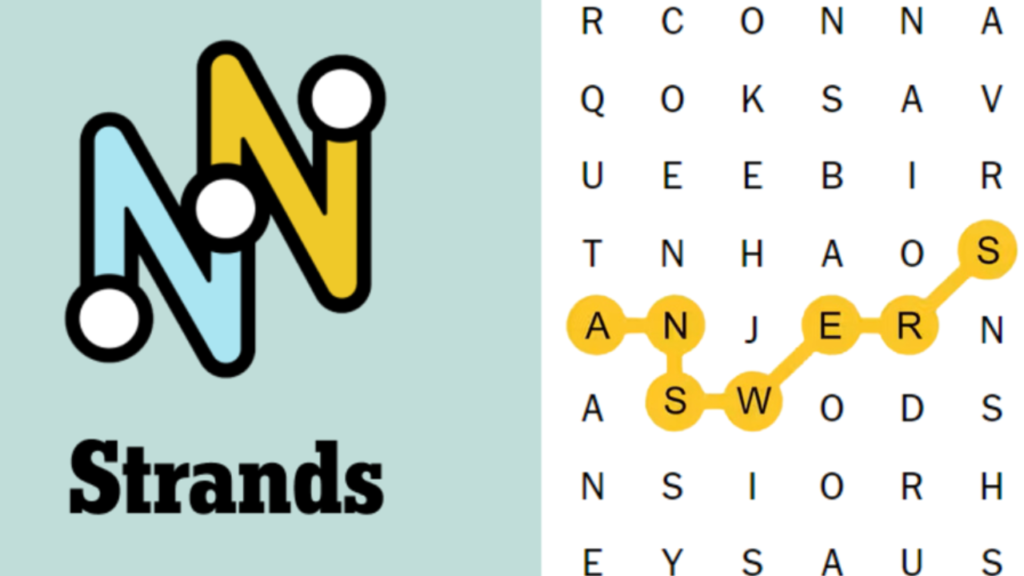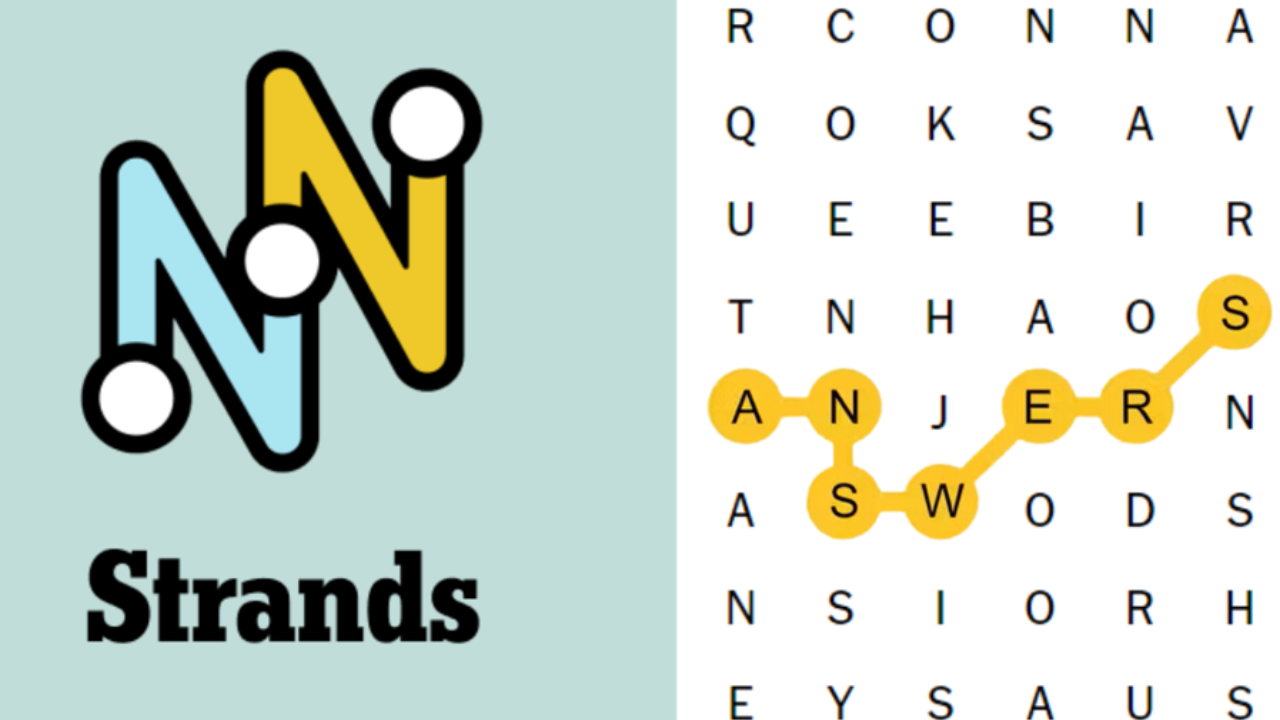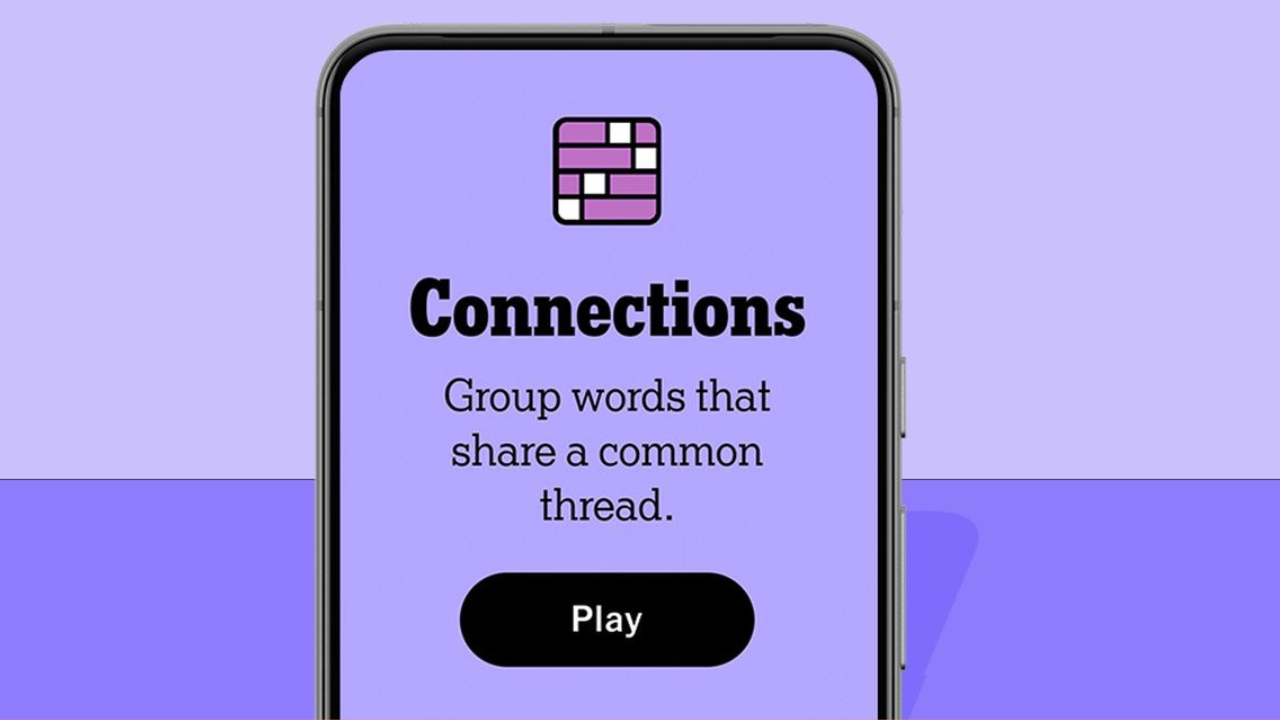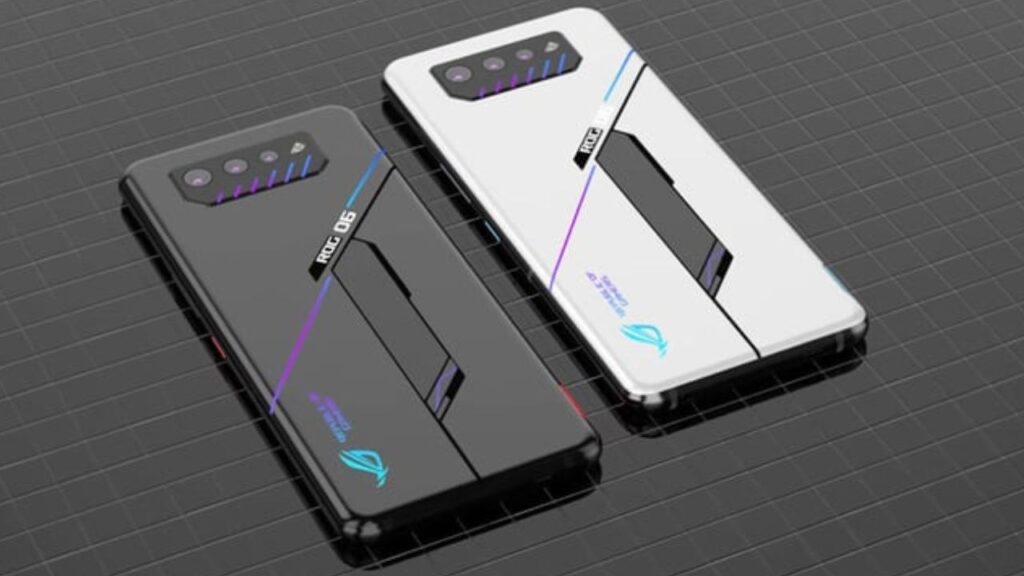Sony consistently delivers top-tier TVs, evident in models like the A95L QD-OLED and Bravia 8 OLED displays. But what if these impressive televisions could do even more by integrating a fully functional PlayStation 5?
While it might seem like an added expense to already premium TVs, consider the appeal. A TV designed primarily for gamers could attract a new wave of buyers to Sony, enhancing both the PlayStation and Sony ecosystems if executed correctly.
This concept isn’t entirely new for Sony. Back in 2010, Sony introduced the Bravia KDL-22PX300, a 22-inch 720p display with an integrated PlayStation 2. This TV was priced at £199 at launch, a stark contrast to today’s prices. Currently, second-hand KDL-22PX300 units can sell for around $6,000, comparable to the latest 85-inch Bravia 9, a mini-LED TV priced at $5,499. This demonstrates the potential value and interest in integrating a PS5 into a Bravia TV.
Console and TV in Harmony
Why pursue this integration? For starters, it would free up an HDMI 2.1 port, allowing you to connect an Xbox Series X or a high-end gaming PC, enhancing versatility. It would also give Sony a unique edge in the competitive market.
While Samsung emphasizes gaming features and cloud-based services like Xbox Game Pass, GeForce Now, and Amazon Luna, and LG follows suit, neither has the PlayStation brand’s capabilities. Instead of relying solely on cloud services, Sony could offer PlayStation fans a compelling reason to invest in its TVs. Sony already promotes PS5-exclusive features for its displays, like HDR Tone Mapping and Auto Genre Picture Mode, which are of limited benefit to most gamers. Why not offer the complete package? With the PS5 Pro on the horizon, this could be an exciting marketing move, keeping the PS5 relevant by bundling it with a Sony Bravia TV. A PS5 Pro version could even command a premium.
Conceptual Roadblocks
Integrating a PS5 would certainly increase the cost of a Sony TV. However, Sony has budget-friendly models, like the new Bravia 3 LED TV, which starts at $600 for a 43-inch option. This could be an ideal chassis for a Bravia PS5 concept.
Beyond pricing, input latency is a significant concern. Many Sony TVs have high input latency, an ironic issue given Sony’s industry presence. For example, the Sony A95L OLED TV has an input lag of 16.1ms, compared to the LG C4 OLED TV’s 9.2ms with game boost. Lower input lag is crucial for gamers, and Sony’s current offerings lag behind in this area, potentially hindering the PS5-in-a-Bravia-TV concept.
Another issue is Dolby Vision support. The PS5 currently doesn’t support this HDR format, meaning a PS5-integrated TV would lack Dolby Vision unless Sony decides to pay for the license. While HDR gaming isn’t mainstream, it’s a consideration for this concept.
If Sony can manage pricing and address input latency concerns, a Bravia TV with an integrated PS5 could be a game-changer. While it might seem like a pipe dream, this concept could elevate Sony’s TV designs, positioning them as not just the best TVs for gaming, but the definitive choice for gamers.




